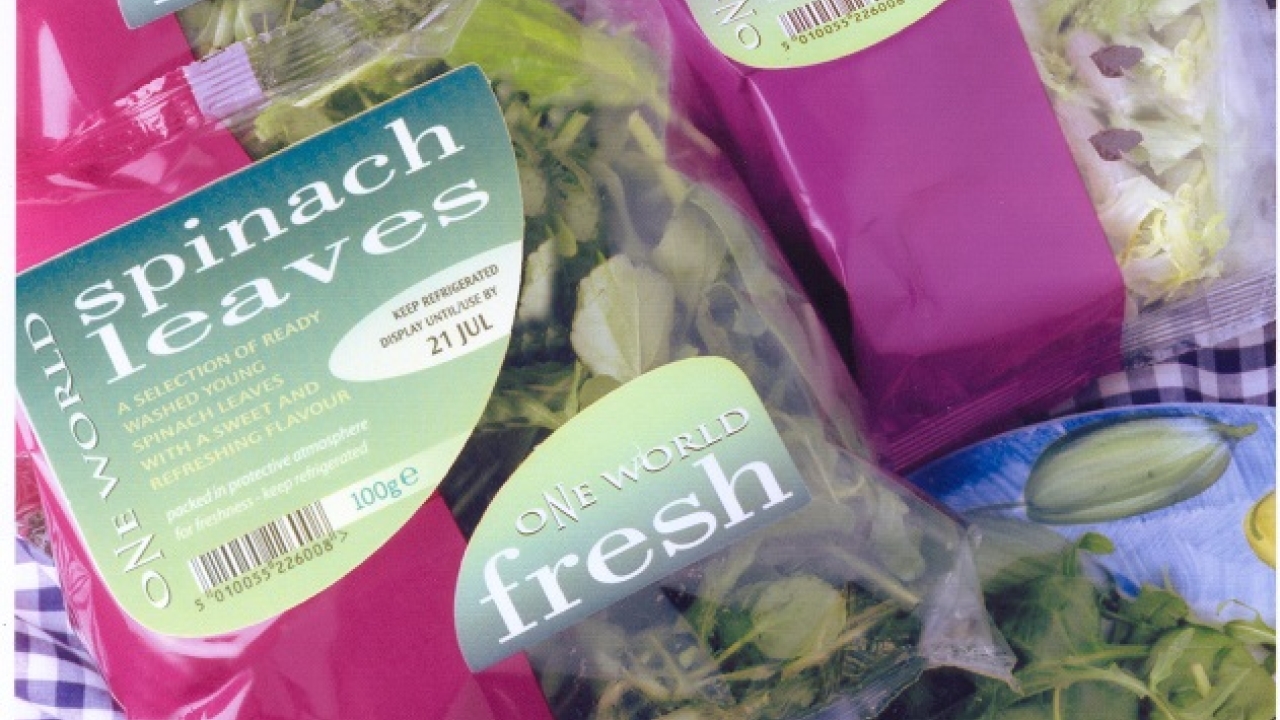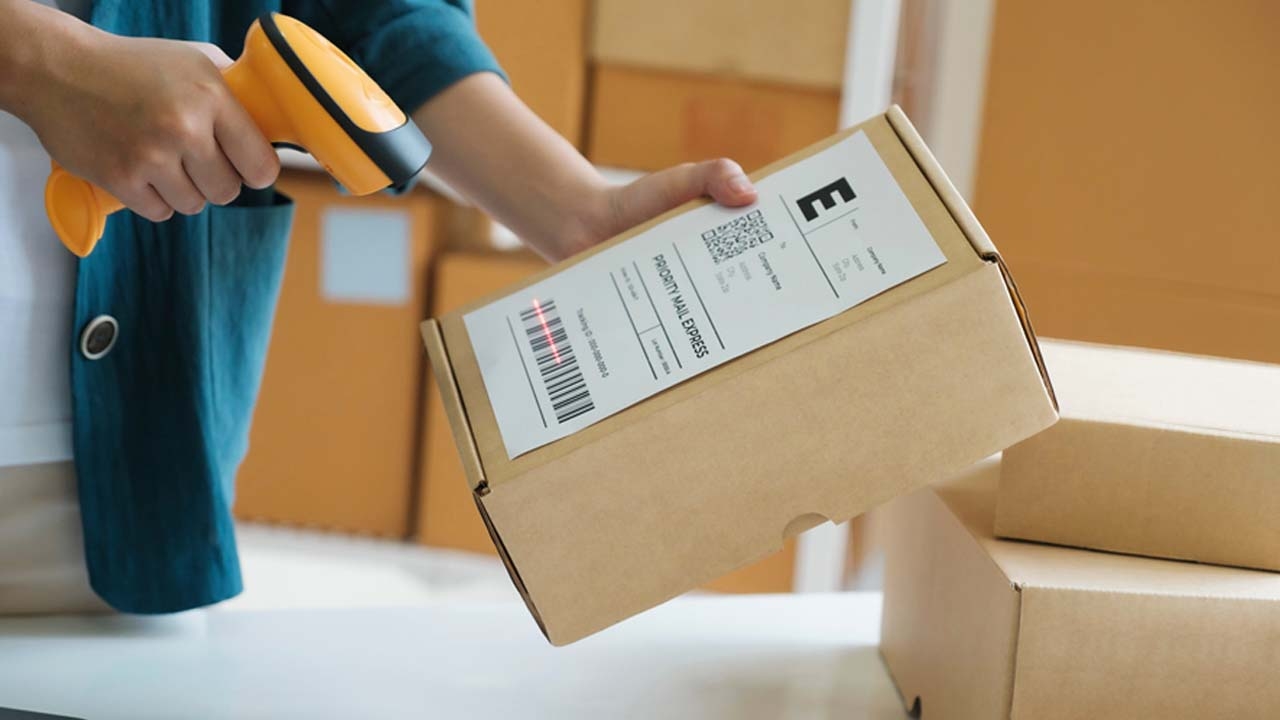Cold environments demand a fresh approach

Fresh food is a booming segment as consumers seek healthy, convenient options for meals at all times of the day. Fresh fish, raw and cooked meat, cheeses, salads, fresh-cut sandwiches and more are all on offer. More can be found down pet food aisles, such is the growing appetite for these products.
In turn, these products often command a premium price, and their labels and packaging must reflect this. ‘As consumers have a level of expectation for fresh food, labels and packaging are getting fancier, and utilizing different printing and finishing techniques,’ notes Jasper Zonnenberg, global director, films at Avery Dennison.
To deliver such a choice, chiller cabinets are now a prominent feature in most grocery stores. Fresh, chilled food is often then sold in smaller sized, clear packaging, often featuring clear labels, presenting consumers with an appealing and appetizing product. For the label and packaging industry, this presents challenges. ‘Clear labels and packaging create a value proposition,’ continues Zonnenberg. ‘Although this transparency means you are much more exposed.’
Moist
Liquid is an inescapable challenge of fresh products stored in chilled environments. ‘Water is not this benign entity it is sometimes thought of,’ says Richard Southward, global product manager, labels at Innovia Films. ‘It plays havoc with print and adhesion.’
Luciano Galli, R&D manager at Ritrama, adds: ‘Water on the surface acts as a solvent so has a direct impact on the development of adhesion.’
Hotmelt adhesives are an option to overcome this as they offer a high initial tack, although Zonnenberg warns of the drawback of yellowing over time, which can detract from the visual appearance if using clear labels. A more expensive UV hotmelt adhesive can overcome this. Av ery Dennison has developed another option in Clear Hotmelt, designed specifically for chilled food applications. This offers the tack and application temperature of a conventional hotmelt adhesive whilst being ultra-clear and non-yellowing.
The structure and integrity of labels can also be compromised in wet environments. Film or paper materials, overlaminated, can provide moisture resistance, while BOPP can provide an option for tear resistance. But with many labels surface printed using UV
Technology, they are still susceptible to water damage. To tackle this, Innovia has developed a range of coated BOPP films with broad food contact compliance, similar to its flexible packaging films.
For flexible packaging, water has a direct impact on the clarity of the material as condensation, for example, inside a bag of salad can affect the appearance and shelf-life of the product.
‘Anti-mist has to be a consideration,’ says Stephen Langstaff, global business manager, packaging, at Innovia Films. ‘If the packaging is misting up, causing droplets of water to form, then you end up with an unsightly package that the consumer will reject.’
Barrier properties are needed too, principally for oxygen and moisture, although in the case of fresh vegetables, which respire, there is a need to factor the oxygen transmission rate (OTR) into the pack structure. ‘OTR will vary depending on the product being packed, so a bag of salad compared to tomatoes,’ notes Langstaff. ‘All fresh produce respires at different rates, even if cut differently, such as a whole lettuce compared to cut lettuce.
‘We can change the OTR of our films by applying a topcoat or deploying other techniques to help extend shelf-life, such as metallizing, AlOx coating or EVOH coextrusion.’
For products that discolor when exposed to light – sliced meats – UV barriers are in development. Peelability is another convenience option offered by Innovia for fresh food applications, through Propafilm RP.
Surfaces
Southward notes growing demand for labeling glass containers in fresh food, where clear labels are preferred so clarity is sought, and the inherent visual characteristics of BOPP play a role.
Ritrama group technical director Luciano Novità draws attention to the challenge of applying labels to apolar surfaces, which are often the norm in cold, wet environments. Apolar surfaces have a low surface tension, making it more difficult to glue or print compared to polar surfaces. This means the adhesive used may need to be aggressive enough to overcome not only application in cold, wet conditions, but also a challenging surface.
‘It is very important to understand the surface where labels are being applied in order to achieve the right level of adhesion,’ he states.
Ritrama has developed a number of products for chilled applications, such as RP1003, a rubber permanent adhesive offering good adhesion on slightly wet surfaces, and AP1300, an acrylic permanent adhesive featuring good clarity and water resistance. Galli notes successes Ritrama has achieved with AP1300 as part of a construction used for labeling wine bottles, which are often subject to cold, moist environments.
Ritrama has further products and expertise relating to applications in sub-zero temperatures. It has developed RP1002, another rubber permanent adhesive, which can be applied to a paper label as well as used successfully on synthetic materials. ‘Synthetic materials give us a huge advantage as they are unbreakable,’ says Galli. He adds Ritrama has recorded a great deal of success with that combination in labeling fish. ‘Fish is a big industry that is increasing every year,’ he notes. ‘We are in a position to sell in huge quantities, especially in southern Europe where the fish industry is very developed.’
Novità continues: ‘We must listen to the customer carefully to understand the project completely and see that the right solution is used.’
Zonnenberg affirms: ‘It is extremely important to understand the end-use application, as brand perception will deteriorate if subpar labels and packaging are used.’
And while BOPP has a limited role to play in the freezer due to the nature of the material, Southward says: ‘When polypropylene is used in chilled and frozen environments, it has got to be functional.’
‘The fresh category covers so many products and applications with completely different characteristics and requirements,’ concludes Langstaff. ‘At the end of the day, it’s all about extending shelf-life and reducing food waste.’
Stay up to date
Subscribe to the free Label News newsletter and receive the latest content every week. We'll never share your email address.


